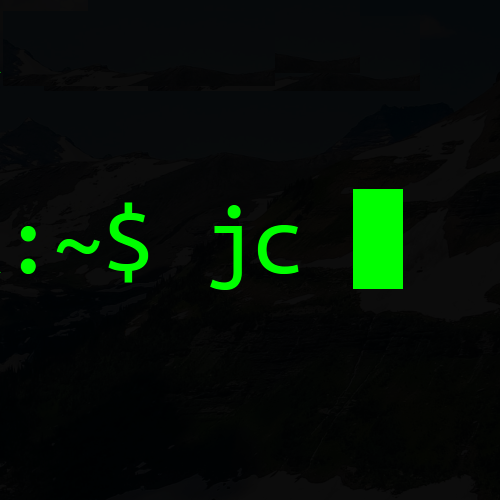After an interview question about Python decorators which I stumbled over, I promised myself that I would improve my knowledge of this metaprogramming technique.
These are my notes to myself on decorators - maybe they’ll be helpful to someone else who’s improving their knowledge of decorators too.
A decorator is pure Pythonic syntatic sugar.
A decorator is a Python callable that receives the decorated function and returns a new function in its place.
For example, if there is a decorator called my_decorator and we want to decorate my_func then…
@my_decorator def my_func(): """some stuff""" ... return
Is equivalent to writing.
def my_func(): """some stuff""" ... return my_func = my_decorator(my_func)
The decorator callable is executed at load time, not at execution time. Here is an example of a silly decorator that prints “Hello World” when the Python file is loaded - there is nothing else in the file.
hello.py
def say_hello(func): print 'Hello World' return func @say_hello def nothing(): # Do nothing just return return
Run it on the command line, and “Hello World” appears when the nothing function is decorated.
$ python hello.py Hello World
When writing a decorator, remember to patch over the docstring of the wrapped function. This can be done by accessing the passed function’s __doc__ attribute. Failing to do so will prevent doctest from testing the decorated function.
def my_decorator(func): def wrapper(*args, **kwargs): return func(*args, **kwargs) # Pass through the doc string wrapper.__doc__ = func.__doc__ return wrapper
Update This is actually far better done with the wraps decorator from the functools modules, which fixes the __name__ and __doc__ attributes to what we’d expect them to be.
from functools import wraps def my_decorator(func): @wraps(func) def wrapper(*args, **kwargs): return func(*args, **kwargs) return wrapper
Found on Improve your Python.
When unit testing decorators, one strategy can be to manually call the decorator on a mocked object and inspect how it interacts with it.
Here’s a caching function which is used to speed up the Fibonacci series.
def cache(func): # Keep a dict of values returned already vals = {} def wrapper(x): if not vals.has_key(x): vals[x] = func(x) return vals[x] wrapper.__doc__ = func.__doc__ return wrapper
Now use the cache function as a decorator.
@cache def fib(x): """Fibonacci series >>> fib(1) 1 >>> fib(2) 2 """ if x < 0: raise ValueError('Must be greater than 0') elif x == 0: return 1 elif x == 1: return 1 else: return fib(x - 1) + fib(x - 2)
And here’s a unittest that asserts that the cache function only allows calls through when there is no value saved in the vals dict.
import unittest from mock import Mock class TestCashDecorator(unittest.TestCase): def test_cache(self): my_fn = Mock(name='my_fn') my_fn.return_value = 'hi' wrapped = cache(my_fn) # First call gives a call count of 1 self.assertEqual(wrapped(3), 'hi') self.assertEqual(my_fn.call_count, 1) # Second call keeps the call count at 1 - the cached value is used self.assertEqual(wrapped(3), 'hi') self.assertEqual(my_fn.call_count, 1) # Subsequent call with a new value increased the call count self.assertEqual(wrapped(7), 'hi') self.assertEqual(my_fn.call_count, 2)
Make sure the scope of variables used in the decorators is correct, this is an interesting article by Simeon Franklin about decorators and scope.
If in doubt, extend any tests to test a second decorated function and ensure that the two functions do not effect each other.
Below is a test that aims to check that cache dictionaries are not shared between instances of the cache decorator, it is appended to the test_cache test above.
# Check that the vals dict isn't shared between other decor my_other_fn = Mock(name='other fn') my_other_fn.return_value = 'other hi' # Create other wrapped function other_wrapped = cache(my_other_fn) self.assertEqual(other_wrapped(7), 'other hi') self.assertEqual(my_other_fn.call_count, 1) # The original function has not have been additionally called, its # call count remains 2 self.assertEqual(my_fn.call_count, 2)
All suggested tips on decorators very welcome - thanks for reading!
